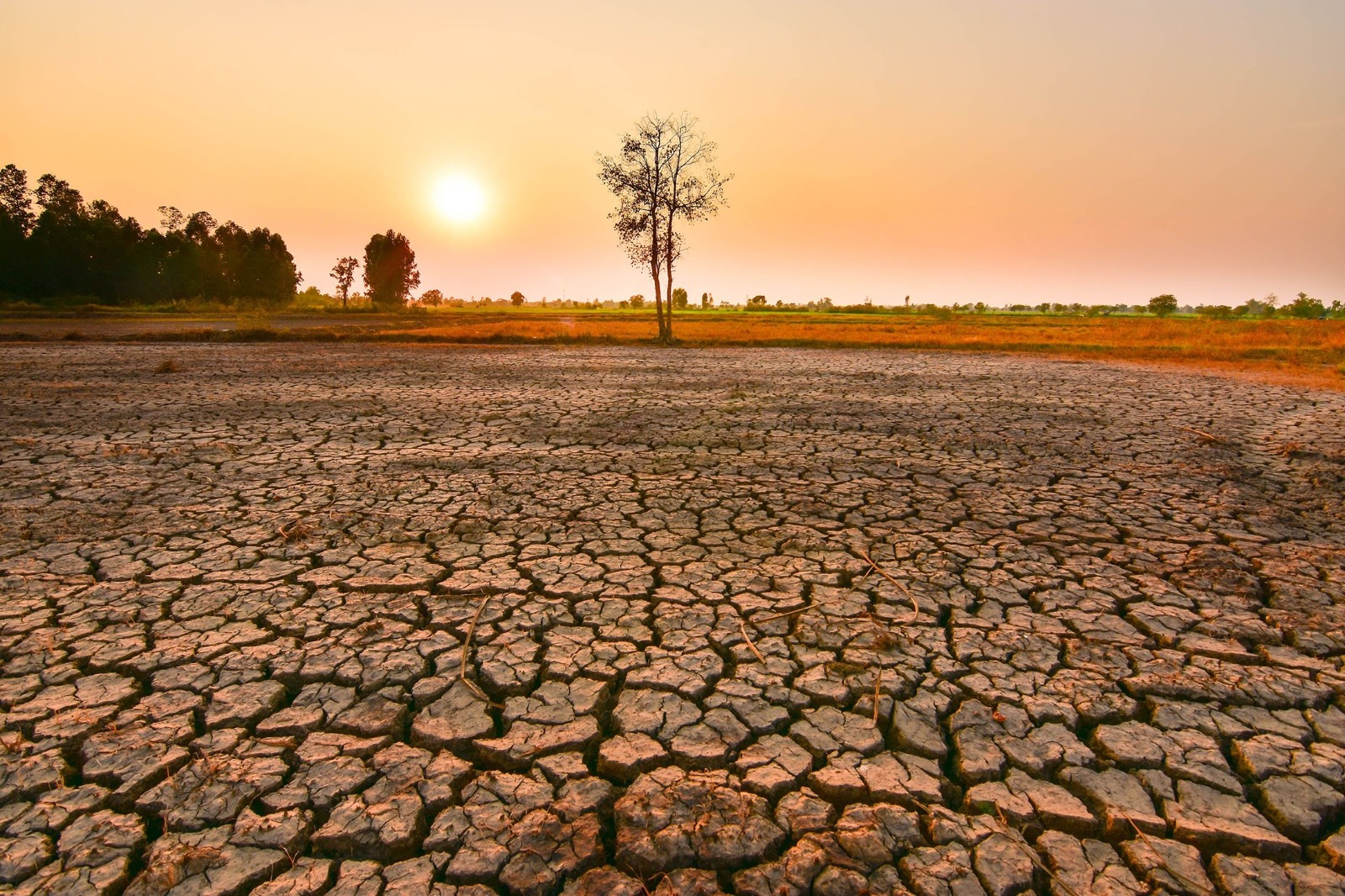Food & Climate
A report shows that deteriorating food security in Namibia which could kill thousands of people is mainly driven by the El Niño, impacting crop and livestock production, climatic shocks, price shocks, economic decline and unemployment.
The report by the “Acute Food Insecurity” analysis has projected that a total of 85 000 of Namibians are expected to be in phase 4 of emergency level in terms of hunger.
Phase four out of 5, means that people are facing extreme food shortages, acute malnutrition and disease levels are excessively high and the risk of hunger-related death is rapidly increasing, according the report seen by “Food & Climate” platform.
The projection covers the period between July until September, according to “Namibian”.
While, World Food Programme (WFP) called for urgent funds to respond after Malawi, Zambia and Zimbabwe declare national emergencies sparked by the natural weather phenomenon in last May.
It said, though a natural phenomenon – a disruption of rainfall patterns caused by the warming surface waters of the eastern Pacific Ocean – El Niño is the last thing a region regularly struck by extreme weather caused by climate change needs.

From Angola to Zimbabwe, El Niño left normally fertile soils arid, interrupting the production of staples such as maize. This severely reduced people’s access to food as stocks dwindled amid soaring prices.
Economists in Namibia have criticised the insufficient output of Namibia’s green schemes, as the latest “Acute Food Insecurity” analysis classifies all 14 regions in crisis.
According to the report released last week, between April and June this year, an estimated 1,2 million people in Namibia faced high levels of acute food insecurity and urgent action is required to reduce food gaps and protect livelihoods.
The most vulnerable groups include the unemployed, marginalised communities, those with no national documents to benefit from social safety nets, children under the age of five, pregnant and breastfeeding women and pensioners in both urban and rural areas.
(WFP) Regional Director for Southern Africa, Menghestab Hail said: “Nearly 5 million people in the worst-affected countries need assistance. Limited amounts of food are in store in countries such as Tanzania and South Africa but it’s nowhere near enough. Zambia should be a breadbasket its regional neighbors can rely on, but it too is heavily dependent on rainfed agriculture, so there are no reserves”.
In recent months, the number of people WFP is targeting with assistance in the country has more than doubled from 475,000 to 1 million.

